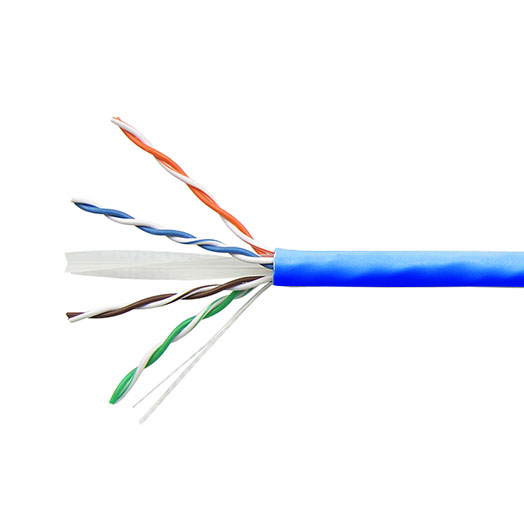
When purchasing Cat5e, Cat6 or Cat6a network cables, buyers may notice an AWG specification printed on the cable jacket. AWG is a standardized system for describing the diameter of the individual conductors that make up a cable. But what does wire gauge mean?
AWG stands for American Wire Gauge. To understand the differences between similar network cables with different AWG sizes, it is helpful to look at what wire gauge means.
The first thing to learn about wire gauge, is its inverse relationship to wire diameter. The smaller the gauge, the larger the diameter of the wire. Copper network cables with a smaller gauge (larger diameter) are typically available in longer lengths because they offer less resistance, allowing signals to travel farther. Less resistance also generates less heat. A 23 AWG network cable will offer less resistance than a 24 AWG or 26 AWG network cable.

Although the gauge of the conductors affects the diameter of an Ethernet cable, the thickness of the cable’s insulation and jacket contribute to its size. There are also other factors to consider when choosing a network cable.
The category of cable (Cat5e, Cat6 or Cat6a) needed depends on the connection speed of the network. An application may also require a shielded cable, a cable rated for outdoor installation or a cable that meets specific building codes.
